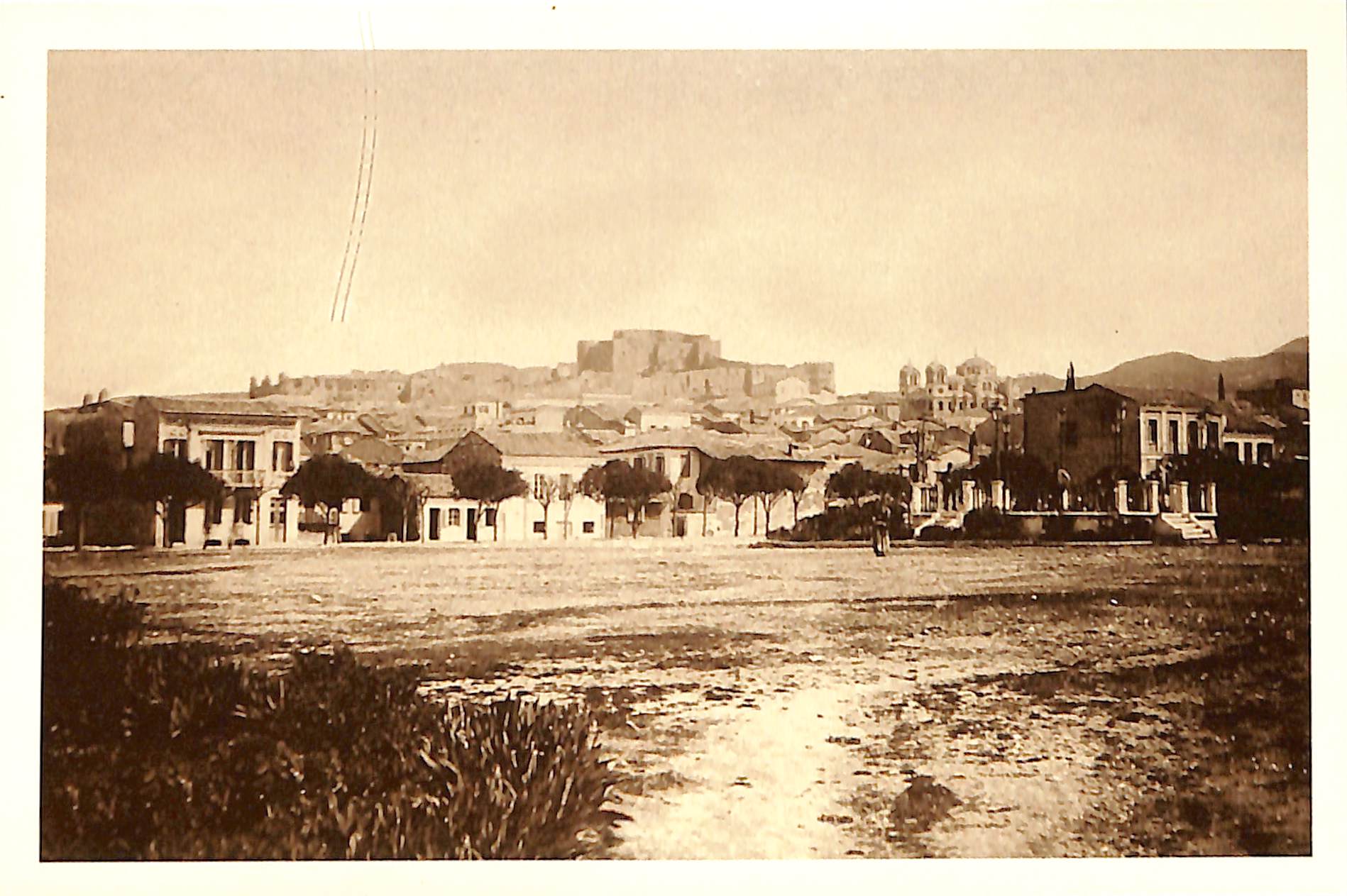
4/29/2025 10:08:21 AM
The Castle of Patras
The Castle of Patras is located on the foothills of Mount Panachaiko. It was constructed in the second half of the 6th century AD by Emperor Justinian, using materials from the ancient acropolis. Its walls enclose an area of 22,725 square meters and consist of a triangular outer enclosure, reinforced with towers and bastions, originally protected by a deep moat, as well as an inner enclosure rising at the northeastern corner, which is also surrounded by a moat. In the 9th century, the castle was attacked by Slavs and Saracens from both land and sea. The invaders were defeated, and their defeat was attributed to the city's patron saint, Saint Andrew. In 1205, the Franks, led by Geoffrey of Villehardouin, captured the city and the castle. Patras was granted as a barony to William Aleman and became part of the Principality of Achaea, with its capital at Andravida. At the same time, it became the seat of the Latin Archbishop, who gradually acquired significant political power. In 1408, the Pope leased the city to the Venetians for five years. In 1428, Constantine Palaiologos recaptured the castle, and its walls were repaired and expanded. In 1458, the city surrendered to the Ottomans, and the castle gradually turned into an administrative center, as the region's military defense was shifted to the Castle of Rio.
Between 1687 and 1715, Patras became one of the four provinces of the Republic of Venice, and from 1715 to 1828 it was once again under Ottoman rule. The castle suffered extensive damage during the Orlov Revolt in 1770. In 1828, French General Maison liberated the area. Today, the castle functions as a publicly accessible archaeological site. Pictured: View of the city of Patras in 1885. In the background, the Castle of Patras is visible.
©Municipal Photography Museum of Kalamaria ‘Christos Kalemkeris’.

